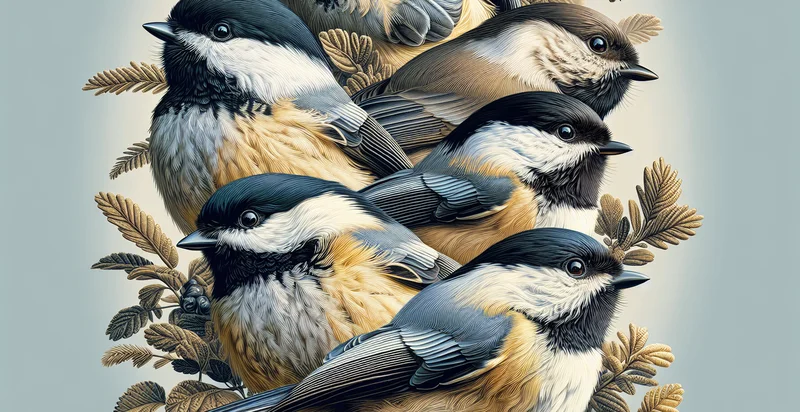Identify finch species
using AI
Below is a free classifier to identify finch species. Just upload your image, and our AI will predict which finch species it is - in just seconds.

Contact us for API access
Or, use Nyckel to build highly-accurate custom classifiers in just minutes. No PhD required.
Get started
import nyckel
credentials = nyckel.Credentials("YOUR_CLIENT_ID", "YOUR_CLIENT_SECRET")
nyckel.invoke("finch-species-identifier", "your_image_url", credentials)
fetch('https://www.nyckel.com/v1/functions/finch-species-identifier/invoke', {
method: 'POST',
headers: {
'Authorization': 'Bearer ' + 'YOUR_BEARER_TOKEN',
'Content-Type': 'application/json',
},
body: JSON.stringify(
{"data": "your_image_url"}
)
})
.then(response => response.json())
.then(data => console.log(data));
curl -X POST \
-H "Content-Type: application/json" \
-H "Authorization: Bearer YOUR_BEARER_TOKEN" \
-d '{"data": "your_image_url"}' \
https://www.nyckel.com/v1/functions/finch-species-identifier/invoke
How this classifier works
To start, upload your image. Our AI tool will then predict which finch species it is.
This pretrained image model uses a Nyckel-created dataset and has 27 labels, including House Finch and Purple Finch.
We'll also show a confidence score (the higher the number, the more confident the AI model is around which finch species it is).
Whether you're just curious or building finch species detection into your application, we hope our classifier proves helpful.
Related Classifiers
Need to identify finch species at scale?
Get API or Zapier access to this classifier for free. It's perfect for:
- Bird Watching Tourism: Tourism companies could leverage this function to provide insightful and interactive bird watching visits, enhancing the tourist's experience. It could easily identify multiple species of finches simultaneously, delivering real-time information to the participants.
- Conservation Efforts: Wildlife conservation organizations can utilize this tool to monitor and catalog various finch species in their habitats in a non-intrusive manner, aiding in conservation efforts and research tracking.
- Pet Trade Monitoring: Governments and related bodies can employ the multilabel image classification function to monitor the pet trade industry, ensuring only legal and appropriately cared for finch species are being traded.
- Scientific Research Aid: Biologists and ornithologists in their research work can use this function to easily identify, track, and study different species of finches, helping expedite data collection while improving accuracy.
- Bird Breeding Management: Finch breeders can use the function to accurately identify and classify their birds, optimize the breeding process and help track the genetic lineage accurately.
- Educational Tool: Schools or environmental education programs can integrate this function into learning resources or applications. This cutting-edge tech aid can make learning more interactive and engaging, especially for children.
- Wildlife Photography: Wildlife photographers can utilize this application to easily identify finch species in their shots. This will aid in accurate catalogue and categorize their work, boosting the explainability and quality of their portfolio.


